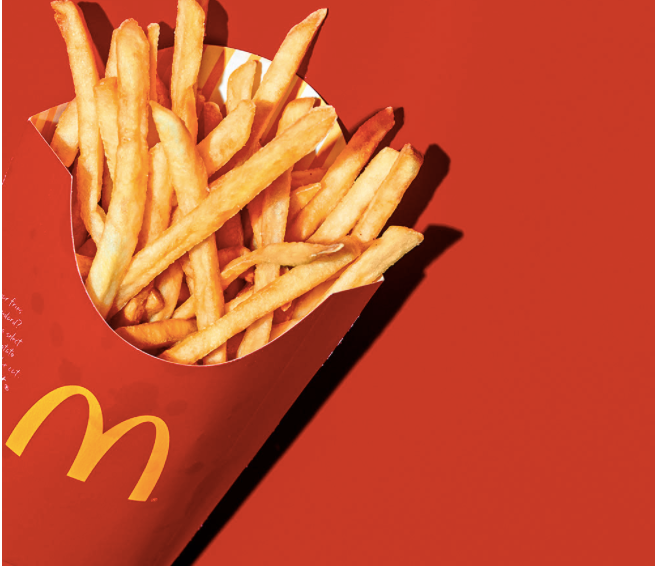
Social Media’s Hidden Cost
October 6, 2021
When Carbon is Like a Calorie
October 8, 2021Artificial Christmas tree prices already are soaring. Nike is short on sneakers. And a stove delivery can take six months.
But a book can tell the whole story.
Supply Chain Twists
A 4 1/2-star book author complained to the NY Times that her sold out book stock was not being replenished. She was not the only one coping with supply chain distress.
1. Container ships
Her first problem could have been container ship glitches. When our demand changed because of pandemic lockdowns, normal cargo was not needed while other items were. Consequently, we wound up with ships in the wrong place at the wrong time and shortages of items like paper and cardboard–precisely what book manufacturers need. We also got price hikes. To transport just one container with 35,000 books, on a ship with 40 of them, it cost $25,000 rather than $2,500. During May, WSJ reported the highest spot shipping rate for a 40-foot container from Shanghai to Rotterdam since 2011. At $10,174, its increase was 485 percent in just one year.
2. Backed-up Ports
Then, the problems multiplied at the ports. Right now, the ports of Los Angeles and Long Beach –handling one-third of all U.S. seaborne imports–have a 76 ship back-up. The line-up includes 500,000 containers, 19 mega-ships, and even one vessel with 16,022 twenty-foot shipping containers. The ports are dealing with fewer workers and a less than optimal six-day week with shifts of 8 am to 4 pm and 6 pm to 3 am (except for a terminal that went to 24 hours). Although as much as 10 days, average ship wait time has ballooned from 2.5 days to more than 5, and the return to port of empty containers is taking double as long.
3. Truck Shortages
Then, when the containers pull into port, they need the trucks that transport them to a warehouse or a freight train. However, we have a shortage of truck drivers and the chassis that carry the containers. So even if the bestseller books made it to port, they were delayed. In August, containers waited an average of 5.4 days to be picked up–close to 3 days longer than normal.
4. Warehouse Worker Shortage
Making it all even worse, we have warehouse worker shortages. As the economy grows, so too does demand for workers. In addition, we still have the pandemic impact. One warehouse owner reports a 30 percent vaccination rate.
5. Warehouses Overstocked
To all of this we need to add overstocked warehouses. One warehouse chain reports that it is 98 percent full. Others say their vacancy rates are at an alarmingly low 3.6 percent. So, if the bestselling books arrive at the door, there is little room to stock them before distribution.
6. U.S. Production Capacity
And finally, we can ask, why not just make everything in the U.S. But, because printing plants have been shutting down during the past decade, it’s tough to ramp up domestic production.
Our Bottom Line: Land, Labor, Capital
Globally, two of the three factors of production have been hit. Starting with our ports and then onward to transport and our warehouses, labor and capital have been debilitated by the pandemic. Our example was a bestselling book. But supply chain twists have snarled production and deliveries of cars, appliances, furniture, clothing, and countless other items.
We started with artificial Christmas trees and Nike sneakers. But that was only the beginning.
My sources and more: My daily peek at the Financial Times took me to our supply chain twists. From there, the story for books was at the NY Times and NPR. It continued with the bigger picture at CBS and Insider. Then, WSJ, here and here had even more detail in its logistics reports.
![econlifelogotrademarkedwebsitelogo[1]](/wp-content/uploads/2024/05/econlifelogotrademarkedwebsitelogo1.png#100878)




